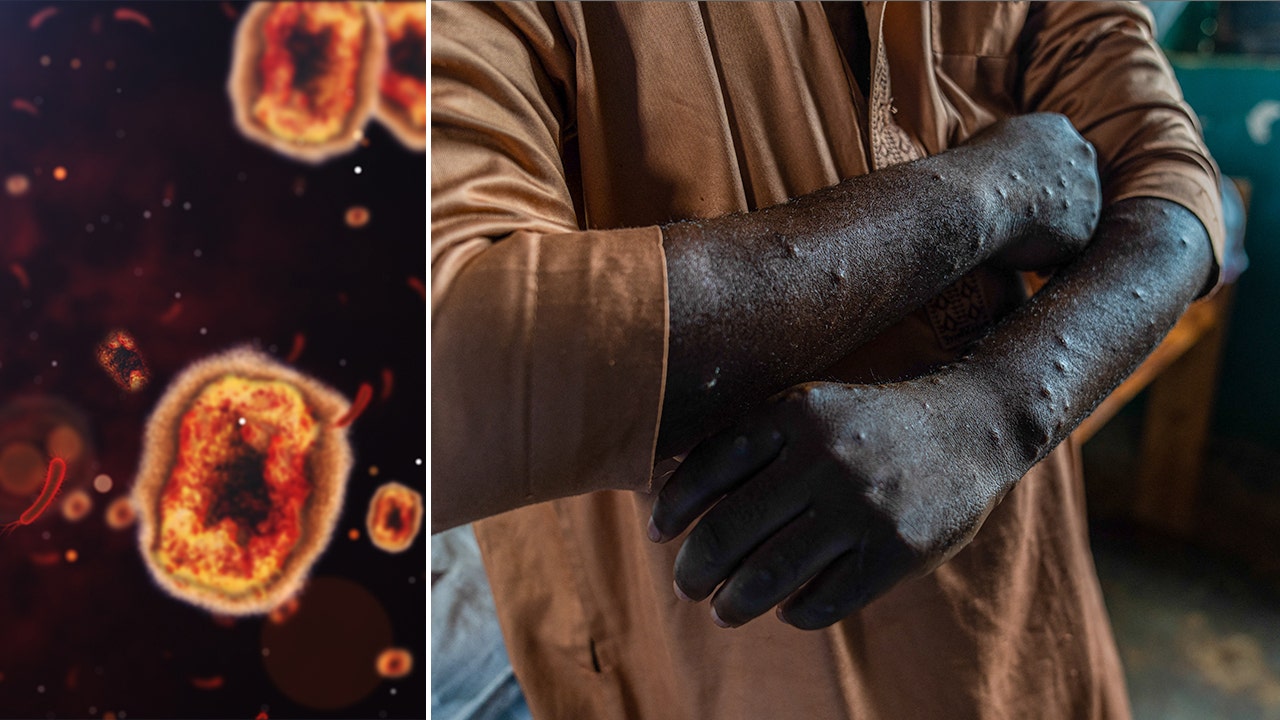BEIJING – Foreign companies hailed China’s decision to end quarantines for overseas travelers as a key step in reviving slumping business activity, while Japan joined India on Tuesday announce restrictions on visitors from the country if infections rise.
The ruling Communist Party’s abrupt decision to lift some of the world’s toughest anti-virus controls comes as it seeks to reverse an economic downturn. It has ended curbs that have trapped millions of people in their homes and sparked protests, however Hospitals were flooded with feverish, wheezing patients as the virus spreads.
That Announcement late Monday The ending of quarantines for overseas travelers on January 8 is the biggest step in lifting restrictions that have kept most foreign visitors away from China since early 2020. Quarantines were cut from seven to five days last month.
Also on Monday, the government downgraded the official severity of COVID-19 and dropped the requirement for people with the virus to be quarantined. This contributed to a rapid drumbeat of steps to dismantle controls that were expected to remain in place at least until mid-2023.
“It finally feels like China has turned the tide,” US Chamber of Commerce in China Chairman Colm Rafferty said in a statement. He said the end of the quarantine “clears the way for normal business travel to resume.”
Business groups have warned companies not to shift investment away from China because foreign executives have been prevented from visiting.
The American Chamber said more than 70% of companies that responded to a survey this month expect the impact of the latest wave of outbreaks to last no more than three months, ending in early 2023.
The British Chamber of Commerce expressed hope that China will resume normal business visa processing to allow “the resumption of exchanges from key people to people”. This will “help restore optimism and re-establish China as a priority investment destination,” it said.
The move “will potentially boost business confidence,” but businesses are likely to “wait and see how the situation develops on the ground” before making long-term decisions, the European Chamber of Commerce in China said in a statement.
Meanwhile, Japan announced visitors from China will undergo virus tests from Friday as a “temporary emergency measure.”
Visitors who test positive will be quarantined for a week, Prime Minister Fumio Kishida announced. He said Japan will also scale back a planned increase in the number of flights between Japan and China “just to be safe.”
that follows India’s decision last week to require travelers from China, Japan, Hong Kong, South Korea and Thailand to test negative for the virus.
India also randomly tests 2% of air passengers arriving from abroad. Visitors who test positive or show symptoms will be quarantined.
A Foreign Ministry spokesman defended China’s handling of the recent outbreaks.
“The Chinese government has always followed the principle of taking science-based and targeted measures,” Wang Wenbin said. He called for a “science-based response and a coordinated approach” to ensure travel safety and “promote a steady and solid recovery in the global economy.”
China kept its infection rate low with a “zero-COVID” strategy aimed at eradicating virus transmission by isolating every case. The checks on the complaints that had been initiated were too extreme and counterproductive.
Since last month, the ruling party has gradually joined the United States and other governments in trying to live with the virus by treating infections rather than imposing blanket city or neighborhood quarantines.
The ruling party announced changes on November 11 aimed at reducing disruption after economic activity fell. More changes were announced after protests erupted in Shanghai and other cities on November 25.
The government has stopped reporting nationwide case numbers, but announcements by some cities suggest at least tens and possibly hundreds of millions of people may have been infected since the surge began in early October.
The outbreaks triggered complaints, Beijing relaxed controls too abruptly. Officials say the wave started before the changes.
The government “should have done the job more carefully,” said Lu Haoming, a Beijing architect. “Although the mortality rate from this disease is not as severe as it was when it started, the initial shock was still quite severe.”
But he agreed with the decision to open up. “You have to import and export, right?” said Lu. “Although we have done a good job of disease control this year, the economy has been badly damaged.”
China only counts deaths from pneumonia or respiratory failure in its official COVID-19 toll, a health official said last week. That rules out many deaths that other countries would attribute to COVID-19.
have experts predict 1 to 2 million deaths in China by the end of 2023.
The National Health Commission announced a November 29 campaign increase vaccination rate among older Chinese. Health experts say this is crucial to avoid a health crisis.
On Monday, the National Health Commission downgraded COVID-19 from a Class A infectious disease to a Class B disease and removed it from the list of diseases requiring quarantine. It said authorities would stop tracing close contacts and designating areas with high or low risk of infection.
___
AP writer Mari Yamaguchi in Tokyo and video producers Wayne Zhang and Olivia Zhang in Beijing contributed.
Copyright 2022 The Associated Press. All rights reserved. This material may not be published, broadcast, transcribed or redistributed without permission.





